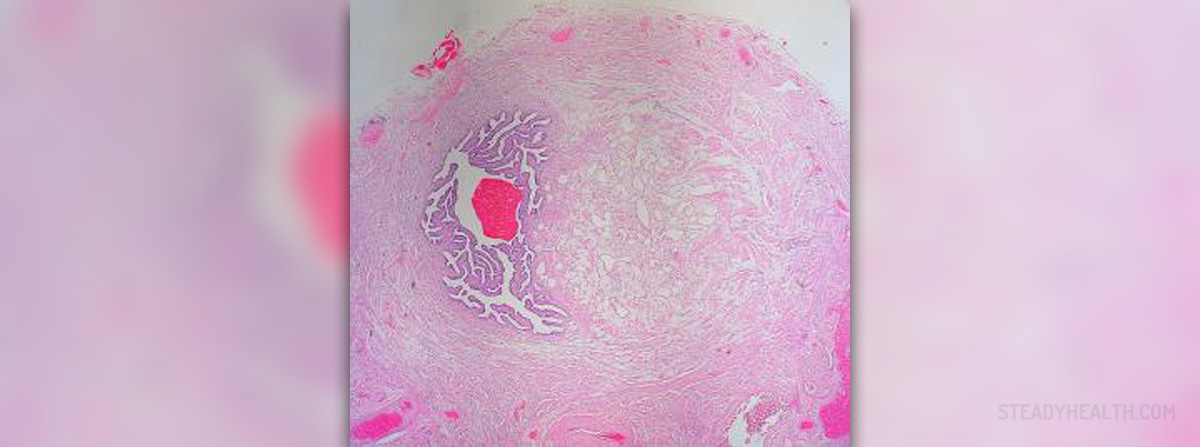
Introduction to Benign Breast Tumors
All breast tumors are primarily classified as benign and malign. There are several different types of benign breast tumors depending on the histological type of tissue they are made of. In case of benign breast tumors the classification includes fibroadenomas, granular cell tumors, intraductal papillomas and phyllodes tumors. There is also one more condition that is commonly mistaken for a breast tumor although it actually is not tumor at all. It is called fat necrosis.
Types of Benign Breast Tumors
Fibroadenomas are benign tumors that resemble a marble. They can significantly range in size and vary from microscopic to tumors of around several inches in size. Fibroadenomas contain glandular and connective tissue. A woman may have one or several fibroadenomas. Such tumors are common for women in 20s and 30s and they predominantly affect African-American Women. Patients suffering from fibroadenoma are monitored and in case the tumor becomes too big and distorts the shape of the breast it may need to be surgically removed. In middle-aged women the tumor usually stops growing and it may even shrink spontaneously.
Granular cell tumors are not so common tumors. They are movable and firm lumps. The size of granular cell tumors is 1/2 to an inch. These tumors most commonly occur under the skin and in the mouth but it is possible for them to form inside the breast as well. Even this type if benign tumor is more frequent among African-American women than in other ethnic groups. Definitive diagnosis is confirmed after pathohistological examination of a material obtained during fine needle aspiration or core needle biopsy. This tumor is treated surgically. Granular cell tumors as well as fibroadenomas are not associated with the occurrence of breast cancer.
Intraductal papilloma is a small and wart-like tumor. It grows inside the breast ducts and may in some cases lead to bloody nipple discharge. The tumor comprises glandular tissue, fibrous tissue and blood vessels. Intraductal papilloma is the tumor that frequently affects women between the age of 45 and 50. It is confirmed after core needle biopsy. The tumor is treated surgically and it is essential to remove the entire tumor together with a segment of the duct the tumor is found in. The risk for breast cancer is increased in women suffering from multiple intraductal papillomas.
Phyllodes tumor is considered a rare breast tumor. It is generally benign although it may in some cases be malign. The tumor may resemble fibroadenoma on mammography so definitive confirmation is achieved only after pathohistological examination. In case this type of tumor is benign it is commonly removed with surgery and a doctor removes a small margin of normal breast tissue. On the other hand, malignant forms of phyllodes tumor require wider margins or even more aggressive surgery such as mastectomy.

















Your thoughts on this
Loading...